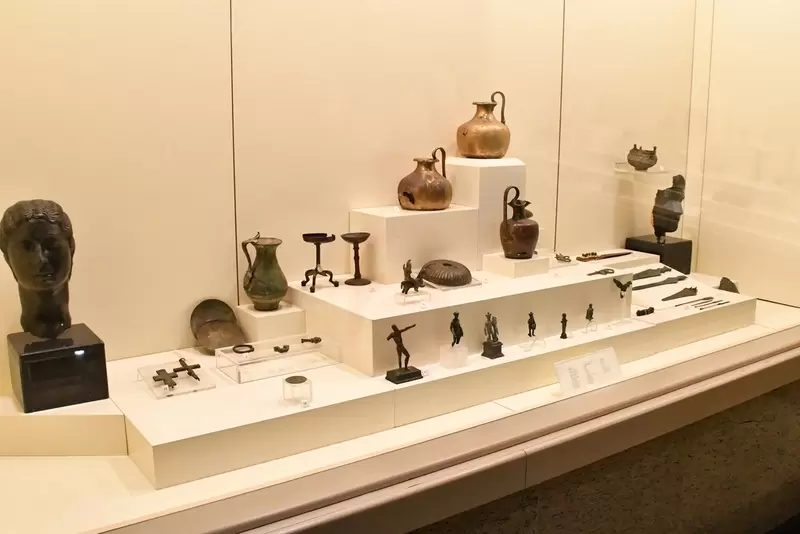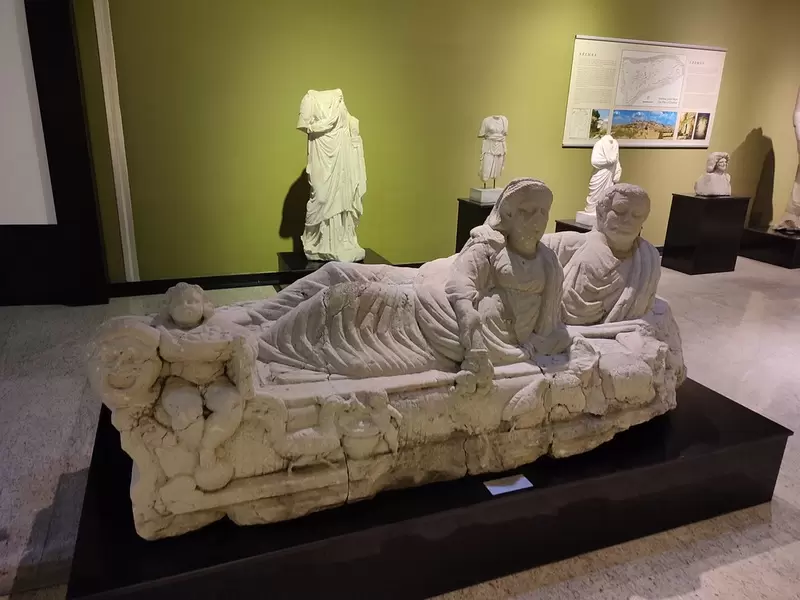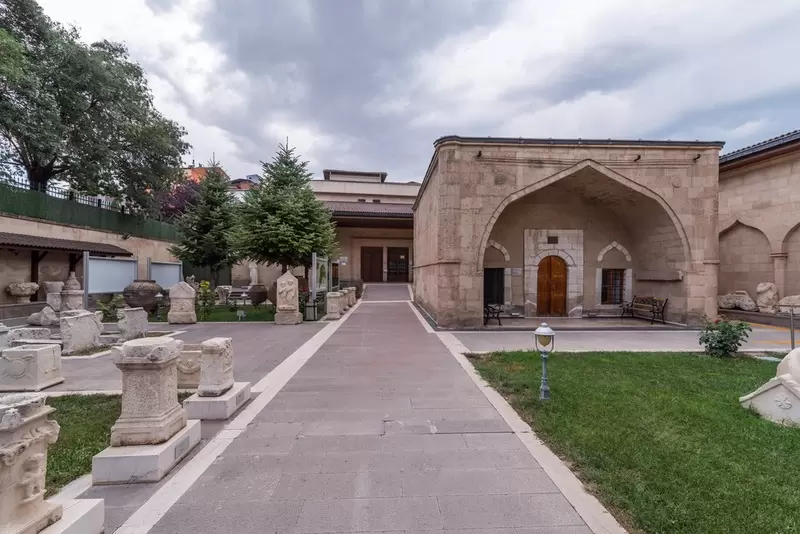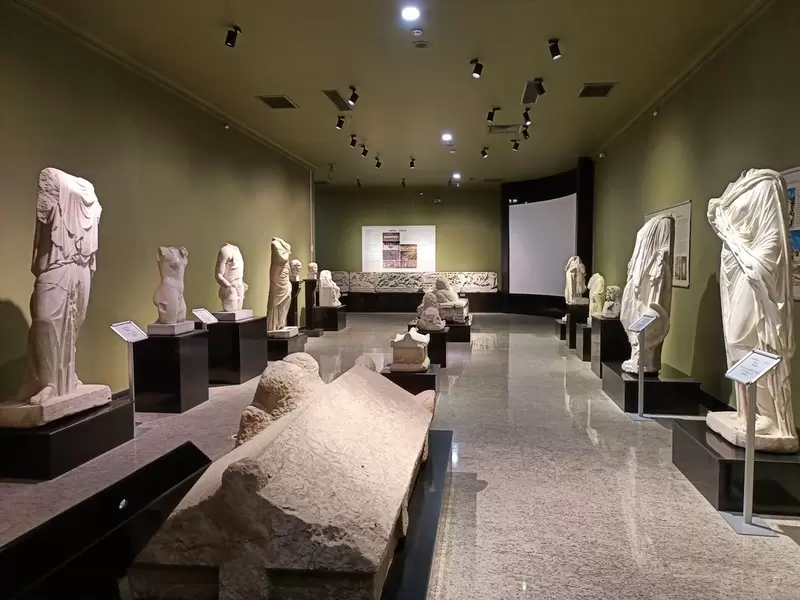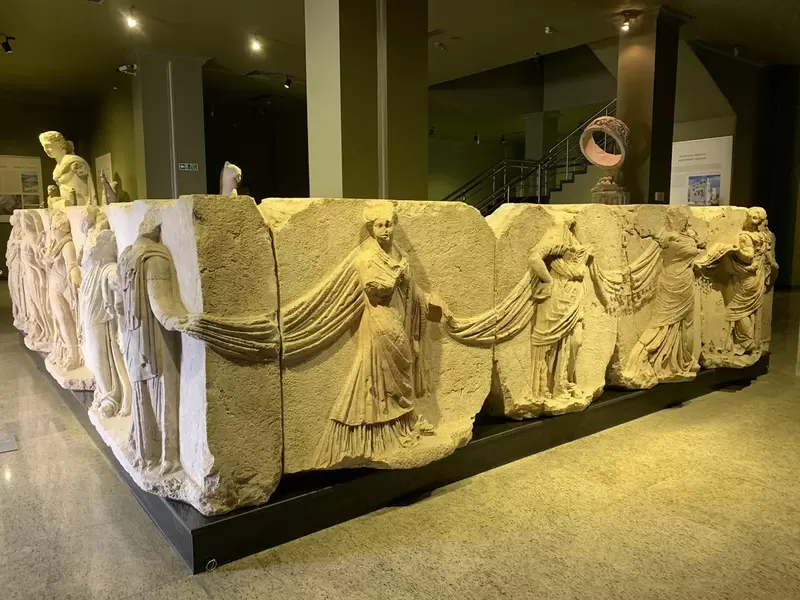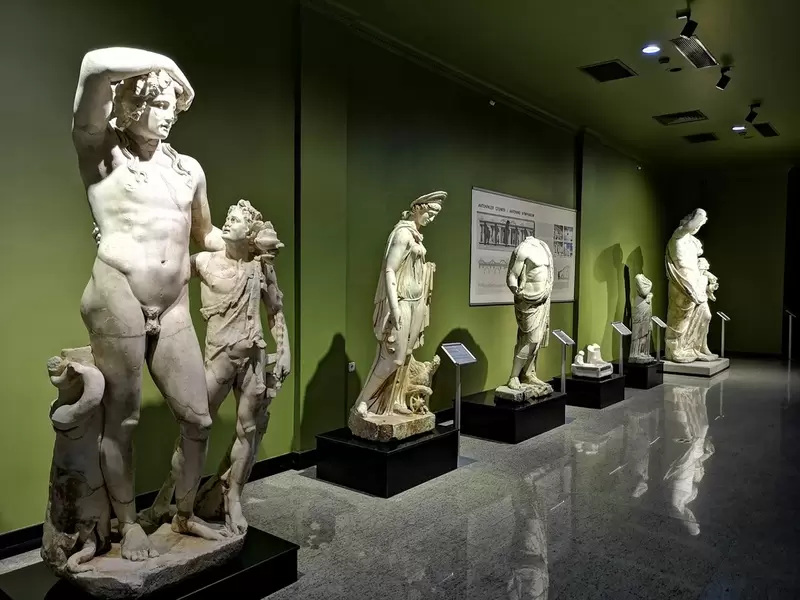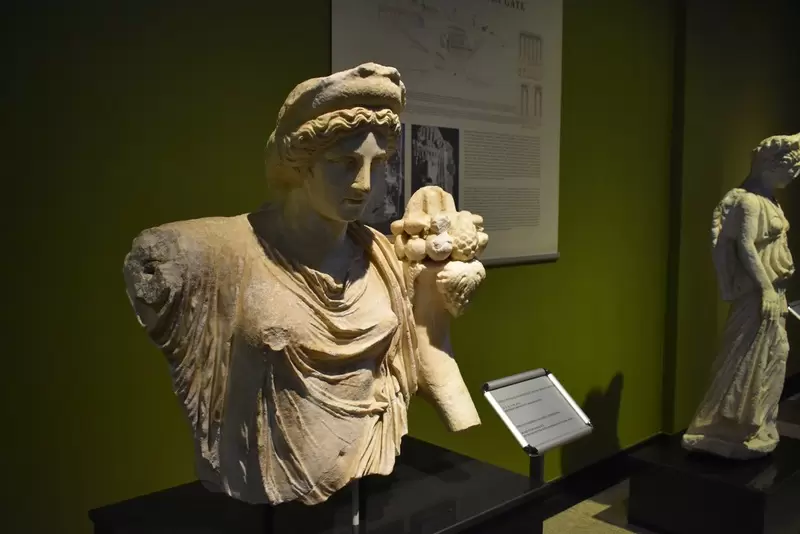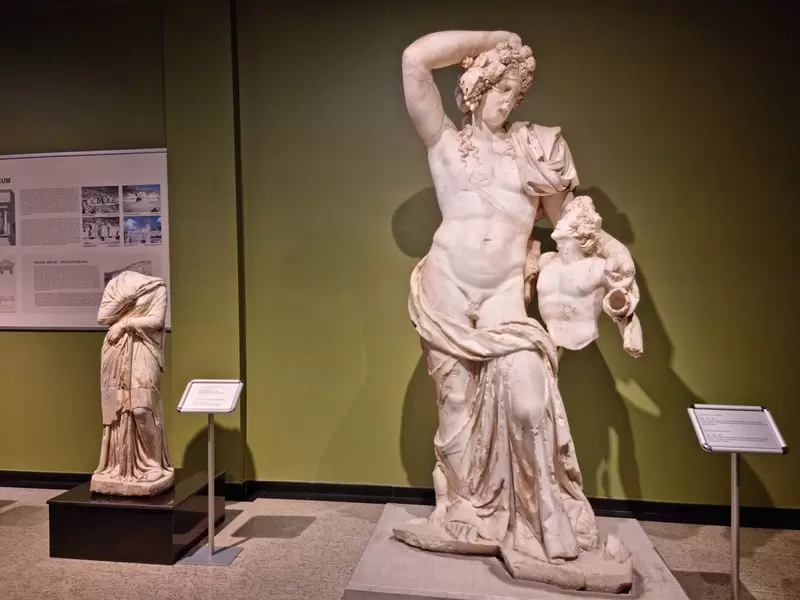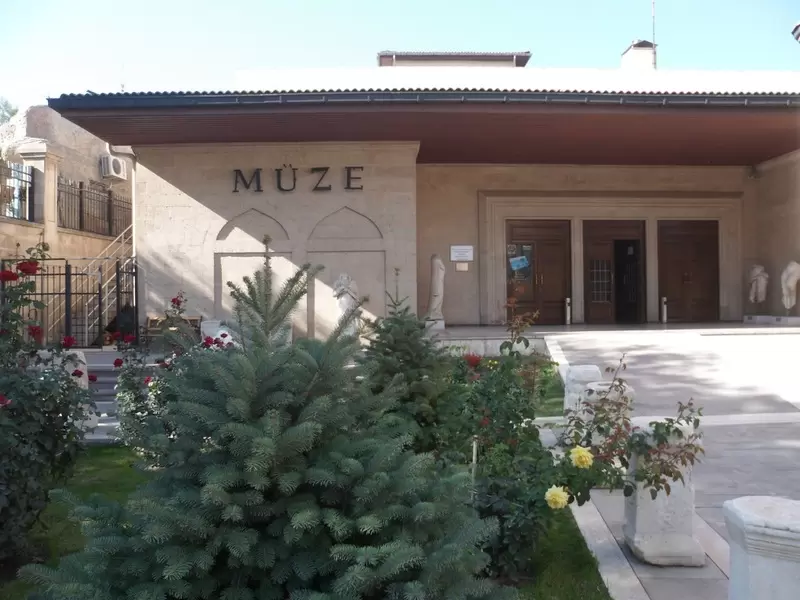
Burdur Archaeological Museum (Turkish: Burdur Arkeoloji Müzesi) is a museum in Burdur, Turkey. It is located in the center of the city, near the Ulu Cami. The museum was founded in 1973, and has a collection of over 10,000 objects from the Neolithic, Bronze Age, Classical, Hellenistic, Roman, Byzantine, and Ottoman periods. The museum is divided into four sections: the prehistoric section, the classical section, the medieval section, and the modern section. The prehistoric section contains objects from the Neolithic, Bronze Age, and Classical periods. The classical section contains objects from the Hellenistic and Roman periods. The medieval section contains objects from the Byzantine and Ottoman periods. The modern section contains objects from the 19th and 20th centuries.
The Burdur Archaeological Museum, also known as the Burdur Arkeoloji Müzesi in Turkish, is a museum located in the city of Burdur, Turkey. It houses a rich collection of archaeological artifacts that represent the history and cultural heritage of the region. Here is some information about the Burdur Archaeological Museum:
1. Overview: The Burdur Archaeological Museum is an important cultural institution that aims to preserve, study, and exhibit archaeological artifacts from the Burdur region. The museum showcases a wide range of artifacts spanning different historical periods, providing insights into the ancient civilizations that flourished in the area.
2. Collections: The museum's collections consist of archaeological artifacts excavated from various sites in and around Burdur. These artifacts reflect the diverse cultures and civilizations that have inhabited the region throughout history. The collections include items from the Prehistoric, Hellenistic, Roman, Byzantine, and Ottoman periods.
3. Exhibits: The museum's exhibits are organized chronologically, allowing visitors to explore the historical development of the region. The displays feature a variety of artifacts, including pottery, sculptures, coins, jewelry, tools, and architectural fragments. Each exhibit provides context and information about the archaeological site and the significance of the artifacts.
4. Highlights: Some notable highlights of the Burdur Archaeological Museum's collection include:
- The Burdur Lake Shipwreck: The museum houses the remains of a 2,300-year-old shipwreck discovered in Lake Burdur. The ship and its cargo provide valuable insights into ancient maritime trade and shipbuilding techniques.
- Hellenistic and Roman Sculptures: The museum exhibits a collection of finely crafted Hellenistic and Roman sculptures, including statues, busts, and reliefs. These sculptures showcase the artistic styles and cultural influences of the time.
- Byzantine Artifacts: The museum displays a range of Byzantine artifacts, including religious objects, jewelry, and ceramics, reflecting the Byzantine Empire's influence in the region.
5. Visiting Information:
- Location: The Burdur Archaeological Museum is located in the city center of Burdur, Turkey.
- Opening Hours: The museum's opening hours may vary, so it is advisable to check the official website or contact the museum directly for the most up-to-date information.
- Admission Fees: There may be an admission fee to enter the museum, and the fees can vary for different categories of visitors, such as adults, students, and children. It is recommended to check the official website or contact the museum for information on admission fees.
Please note that specific visiting hours, admission fees, and exhibits within the Burdur Archaeological Museum may be subject to change. It is recommended to verify the information beforehand by checking the official website or contacting the museum directly.
